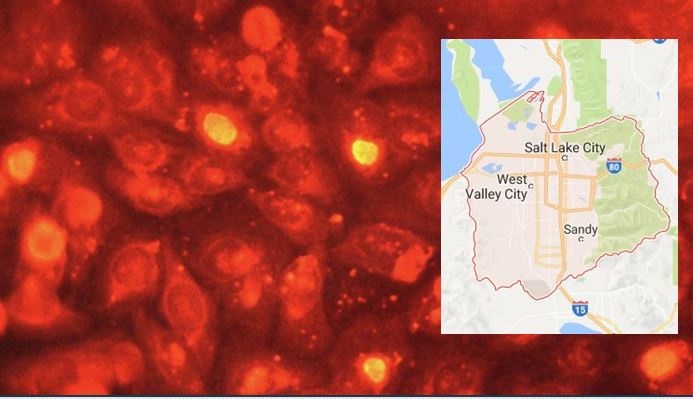
SALT LAKE COUNTY, Utah, Aug. 27, 2019 (Gephardt Daily) — Salt Lake County Health Department has released its annual report which provides demographic data for the most commonly reported infectious diseases affecting residents.
The top 5 reported diseases in Salt Lake County, according to the “Infectious Diseases Morbidity Report 2018,” are:
- Chlamydia
- Gonorrhea
- Hepatitis C (chronic infection)
- Influenza (hospitalized cases)
- Tuberculosis (latent infection)
For the first time, the annual infectious disease report breaks out disease prevalence by age group, and the findings among teenagers are especially concerning, said a news release from SLCoHD.
“As with adults, sexually transmitted diseases are among the most prevalent infections in our youth 15–17 years old,” said Gary Edwards, SLCoHD executive director. “This is alarming, and an indicator that our current approach to sexually transmitted disease education is not working. Teens need accurate, realistic, and comprehensive STD education—whether that’s at home, at school, at church or in another venue appropriate for the discussion.”
Edwards added that youth who are sexually active should receive regular STD testing.
“Many people who are infected with an STD do not have symptoms, and untreated STDs can cause infertility in both men and women, cervical cancer, pelvic inflammatory disease and birth defects,” he added.
The SLCoHD STD Clinic provides testing and treatment to youth 14 and older—with or without parental permission. Whenever possible, the clinic accommodates walk-in patients Monday to Friday from 8:30 a.m. to 4 p.m. However, you can decrease your wait time and guarantee being seen by making an appointment at 385-468-4242.
Because not every instance of a reportable disease is reported to the health department (though it is supposed to be), the number of cases reported for each infectious disease is very likely less than the actual number of cases circulating in the community, the news release said.
Since the 2017 report, viral meningitis and Acinetobacter infections have dropped off the Top 20 list, with cryptosporidiosis entering the top 20 in 2018 at number 18.
Utah law requires that the diagnosis or identification of nearly 80 infectious diseases be reported to public health for ongoing surveillance and investigation. SLCoHD collects reportable data from laboratories, hospitals, medical providers and outpatient clinics, then investigates each report through patient interview or chart abstraction and analyze the data.
The Health Department uses the data to implement appropriate control and prevention measures; in 2018, the department investigated more than 16,000 reports of disease in the county to determine the source of infection and interrupt transmission.
The full 2018 report is available here.






